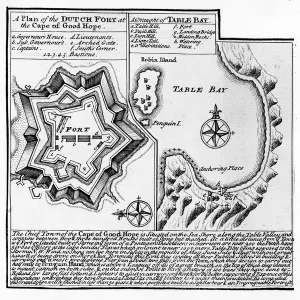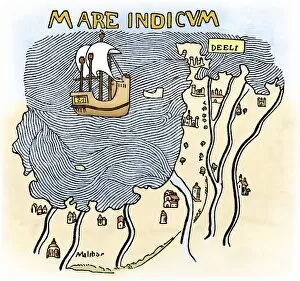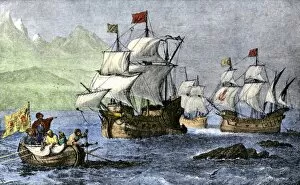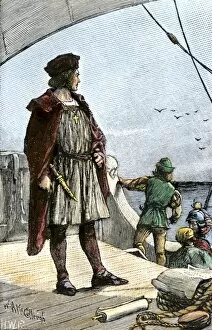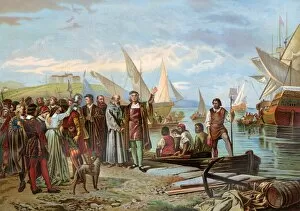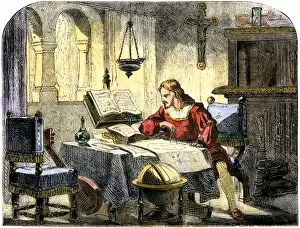Spice Trade Collection (#2)
"Unveiling the Treacherous Seas: The Epic Tale of the Spice Trade" Embark on a journey back in time as we delve into the captivating world of the spice trade
All Professionally Made to Order for Quick Shipping
"Unveiling the Treacherous Seas: The Epic Tale of the Spice Trade" Embark on a journey back in time as we delve into the captivating world of the spice trade. In this enthralling saga, merchant ships sailed treacherous waters, facing peril at every turn. One such ship fell victim to Chinese pirates, their audacious attack leaving an indelible mark on history. The year was 1705 when Cap de Bonne Esperance witnessed this harrowing encounter. An engraving etched with intricate details transports us to that fateful moment, where bravery clashed with piracy amidst vast oceans. Dubai Spices - a name that resonates through centuries - captivates our senses and evokes images of exotic flavors and fragrances. Created by Viet Chu, it serves as a testament to the enduring legacy of spices in human civilization. But let us rewind further back in time to 1375 when Catalan Atlas unfolded its mesmerizing pages before our eyes. Sheet after sheet adorned with pen strokes and colored inks revealed ancient knowledge and cartographic marvels. From Sir John Mandeville's encounters with kings to bustling markets at Bantam, Java captured through engravings and black-and-white photographs; these artifacts paint a vivid picture of life during those vibrant times. Four vellum leaves from the Catalan Atlas beckon us closer, whispering tales of intrepid explorers who braved uncharted territories for coveted spices. These delicate parchment sheets hold within them secrets passed down through generations – stories that continue to intrigue even today. The spice trade stands as a testament to humanity's insatiable thirst for discovery and adventure. It shaped cultures, sparked innovation, and connected distant lands like never before. As we reflect upon its rich tapestry woven across continents and seas, may we appreciate both its triumphs and tribulations – forever immortalized within these historical relics.











